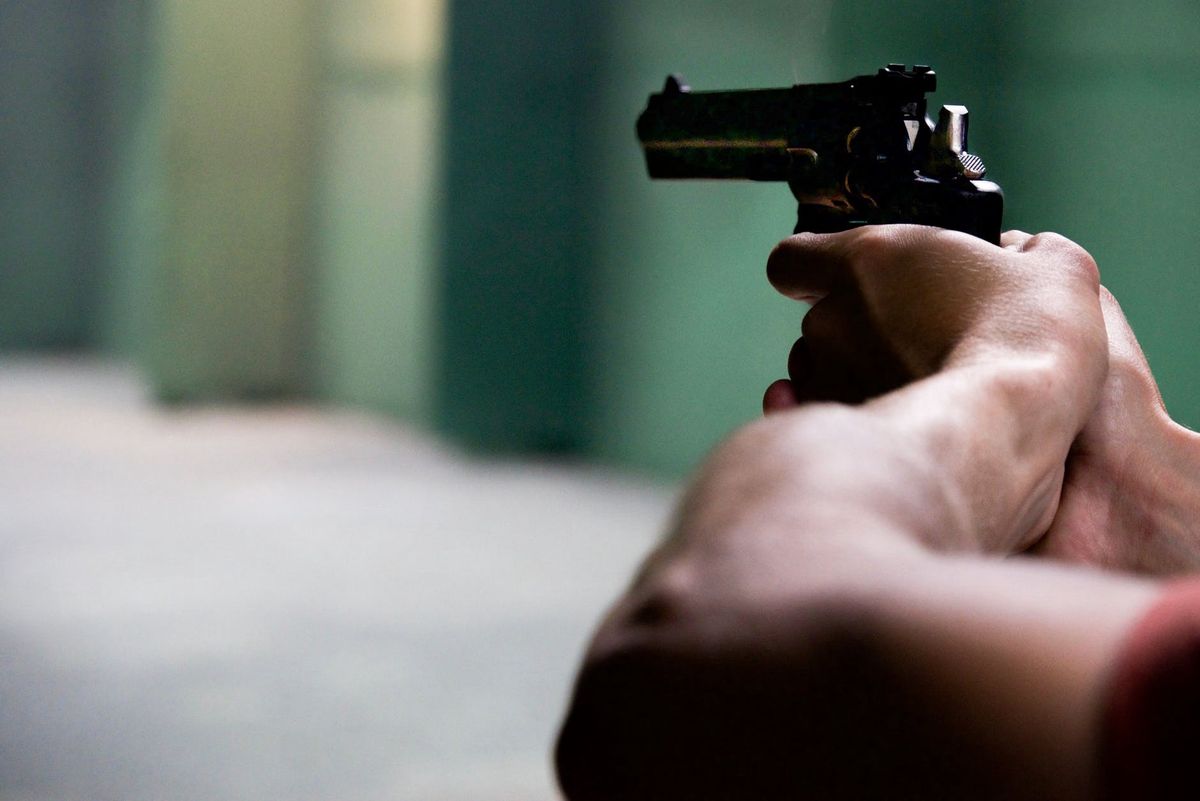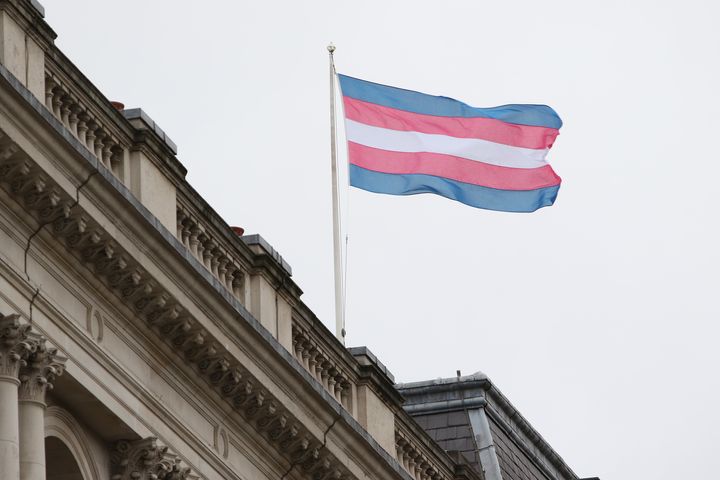We Can’t Ignore It Any Longer: Mass Shootings are a Male Violence Problem
It’s been said before, but it’s time to say it again.

At least 29 people have been killed in mass shootings this week, and another 50+ wounded. The shootings in Gilroy, El Paso, and Dayton are only a fraction of the 32 mass shootings that have occurred so far in the United States this 2019. Politicians continue to debate gun control and mental health laws although it’s unclear what impact, if any, these policy changes would actually make. While pundits search endlessly for patterns in the types of guns used or if they were obtained legally, one clear pattern remains: mass shootings are just another part of male violence.
Of the 32 mass shootings this year (defined by a shooting where three or more people died), 30 were perpetrated by men (94%). Over half of this year’s mass shootings (57%) were instances of domestic violence.

In 2018, Huffington Post declared male violence “The Worst Problem in the World.” Male violence is not just sexual assault and domestic violence (although these are huge aspects); male violence is also literally every form of measured violent crime, war, terrorism, violence against animals, and the sex trade.
I’m not the first one to point this out, and I’m sure I won’t be the last. Women have been raising the alarm for decades, and as per usual have been ignored. Laura Kiesel wrote in Politico last year:
Most mass shooters in the past 35 years have not been found to have a serious mental illness, nearly all of them do have one thing in common: their sex. Of the 96 mass shootings committed since 1982, all but two were committed by men. (Most of them were white.)
She notes that the United States has a stronger culture of toxic masculinity compared to countries with comparable (or greater) access to guns, and that in our culture, “Men may feel emboldened to resort to violence to gain both revenge and some level of notoriety as compensation for being denied what they thought they were owed.”
A 2017 article in Quartz after the Las Vegas shooting that killed 58 people and injured over 500 more made the same connection:
Mass shootings follow a consistent pattern: The men who commit them have often experienced what they perceive as masculinity threats.
Large mass shootings, in which the suspects release manifestos and seem motivated by hateful ideology, get the most media attention, but while these instances are terrifying — they do not represent the majority of mass shootings. All but four of the mass shootings this year involved 5 or fewer deaths (excluding the suspect), and these shootings are more likely to be related to domestic violence than the ones that get mass media attention.

Consider, for example, the Phoenix man who is accused of killing his wife and two of his three daughters:
He is accused of shooting and killing his wife, Dasia Patterson, 29, then fatally shooting his 5-year-old daughter, Nasha Smith. After that, court documents say he beat his 7-year-old daughter, Mayan Smith, to death with a baseball bat. He spared the life of his 3-year-old daughter.
Smith told police his two older daughters reminded him of his wife and his 3-year-old daughter reminds him of himself…
Or, consider the case of the Wisconsin man who is accused of killing three of his own family members before killing a woman whom he had been stalking and sexually harassing over text:
Ritchie German Jr., 33, shot his mother, brother and 8-year-old nephew at their home in Lafayette, likely on or before Saturday morning… On Sunday night, he drove about 10 miles (16 kilometers) to the Lake Hallie home of 24-year-old Laile Vang, blasted his way inside with a shotgun, and shot and wounded her parents before killing her.
This shooting took place on July 28th, the same day as the Gilroy Garlic Festival shooting. More people were killed in the Wisconsin shooting (five) than in Gilroy (four), yet the Gilroy shooting dominated the news coverage. Media attention to dramatic public massacres while ignoring the every-day mass shootings that take place in homes continues to feed the myth that these mass shootings are random and that closing gaps in public policy could end them.
While closing the Gun Show loophole and creating access to mental health services are worthy efforts in and of themselves, these policies alone won’t solve America’s mass shooting problem. Most mass shootings aren’t perpetrated with guns bought at shows. Most mass shootings aren’t perpetrated by people with mental illnesses. Most mass shootings are perpetrated by men as acts of domestic violence.
Gun violence in America needs to be treated as a feminist issue. While mass shootings get most of the attention, the day to day gun violence that devastates communities like my own are impacting women and families in a way that is deeply gendered. Refusing to treat this as a problem of male violence ignores both the cause and the effect of one of the biggest problems facing American communities. As for mass shootings themselves, addressing male violence is likely to be the only solution.
The generous support of our readers allows 4W to pay our all-female staff and over 50 writers across the globe for original articles and reporting you can’t find anywhere else. Like our work? Become a monthly donor!
Enter your email below to sign in or become a 4W member and join the conversation.
(Already did this? Try refreshing the page!)





Comments